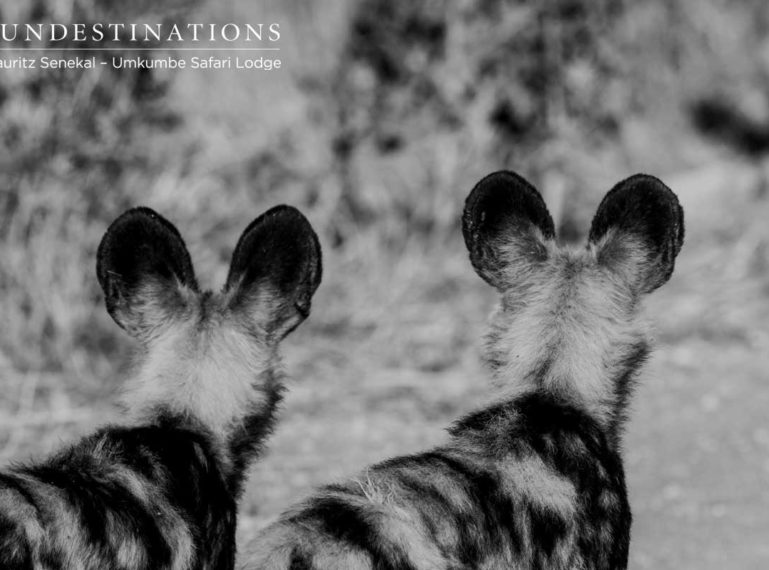
The plump little cherub with his single heart-shaped arrow will be making his annual appearance on the 14th February. Every year, without fail, Cupid appears on just about every piece of paraphernalia. In our eager world of consumerism, we lap it up and keep Cupid in business. Welcome to Valentine’s day, a day when many choose to celebrate their love, in whatever shape and form. There is still a huge sector of human society which chooses to follow and strive for monogamous relationships. Did you know that monogamy is prevalent in the animal kingdom?
In southern Africa there are numerous species of animals that pair for life. They’re the natural monogamists of the safari world and they comprise carnivorous predators, plains game, scavengers and even birds.
1.Black-backed Jackals
Black-backed jackals mate together for life and they thrive on equality and a sense of easy symmetry. Both male and female defend their territories and wander in pairs. The male fights off aggressive males and the female wards off intrusive females. Both sexes work hard to forage, scent mark and protect the stability of their young.
While on a mobile safari in Botswana with Africa Ecco Safaris, a pack of jackal was spotted scavenging for carrion. This behaviour is quite common but is more an aggregation than a formalised social structure like that of lions, elephants and buffalo. Jackal prefer to traverse their territory in pairs.
If the partner dies, the jackal will dwell in solitude until it has met another mate. Now isn’t that romantic?
2. Bateleur Eagle
The term “Bateleur” is derived from a French word meaning tightrope walker. This colourful and bold eagle is aptly named because of its aerial acrobatics. It’s the most commonly sighted snake eagle and they spend up to 8 hours a day circling the air for prey. A pair will mate for life and remain in the same nest for up to 7 years.
The focus is to build a nest and it’s quite an elaborate affair. A bundle of sturdy sticks are used to build a platform in the fork of tree and this nest is often visited by unattached adults !
3. African Wild Dog
Wild dogs are socially cohesive carnivores which form family units referred to as packs or clans. The alpha pair in the pack are the only two which will mate and bear offspring. The rest of the clan have specific roles to play in the rearing of the young and this can vary from babysitting to hunting.
These endangered nomadic dogs, with their beautifully painted fur are heavily focussed on ensuring the family unit stays in tact and that the pups survive. In massive clans of wild dogs, another female may choose to mate.
Just recently in the Kruger, a clan of wild dogs, led by an alpha pair was seen at nThambo Tree Camp. The African wild dog is nomadic, so seeing them is considered a rare sighting.
4. Klipspringer
The klipspringer is one of the smallest species of antelope and many mistake it for being a juvenile. Directly translated the term “klipspringer” means “rock jumper”. Found in abundance throughout rocky terrain in southern Africa, these spritely antelope fall into the pair-for-life category. They stand on the tips of their hooves which allows them to balance on uneven rocky surfaces and can often be found perched on the top of rocky outcrops.
Klipspringers travel as a pair and rotate duties; implying that theirs is a balanced relationship. While one klipspringer rests on top of a rocky mound, the other will survey the landscape and watch out for possible threats.
The need to find a soul-mate is rife within certain species of wildlife, but we’ve yet to see commercial outlets in the human world with heart-shaped balloons bearing pictures of black-backed jackals.

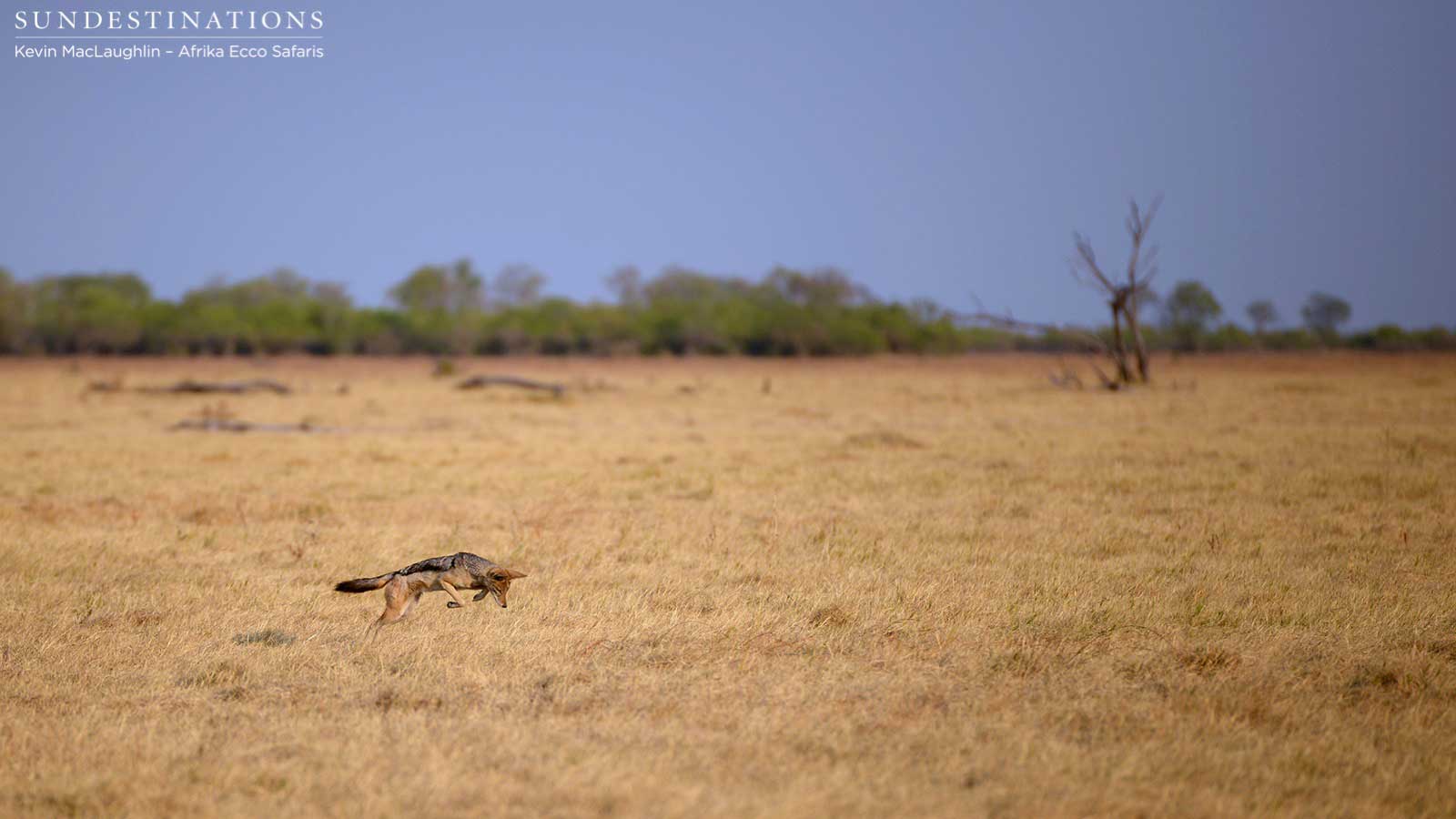
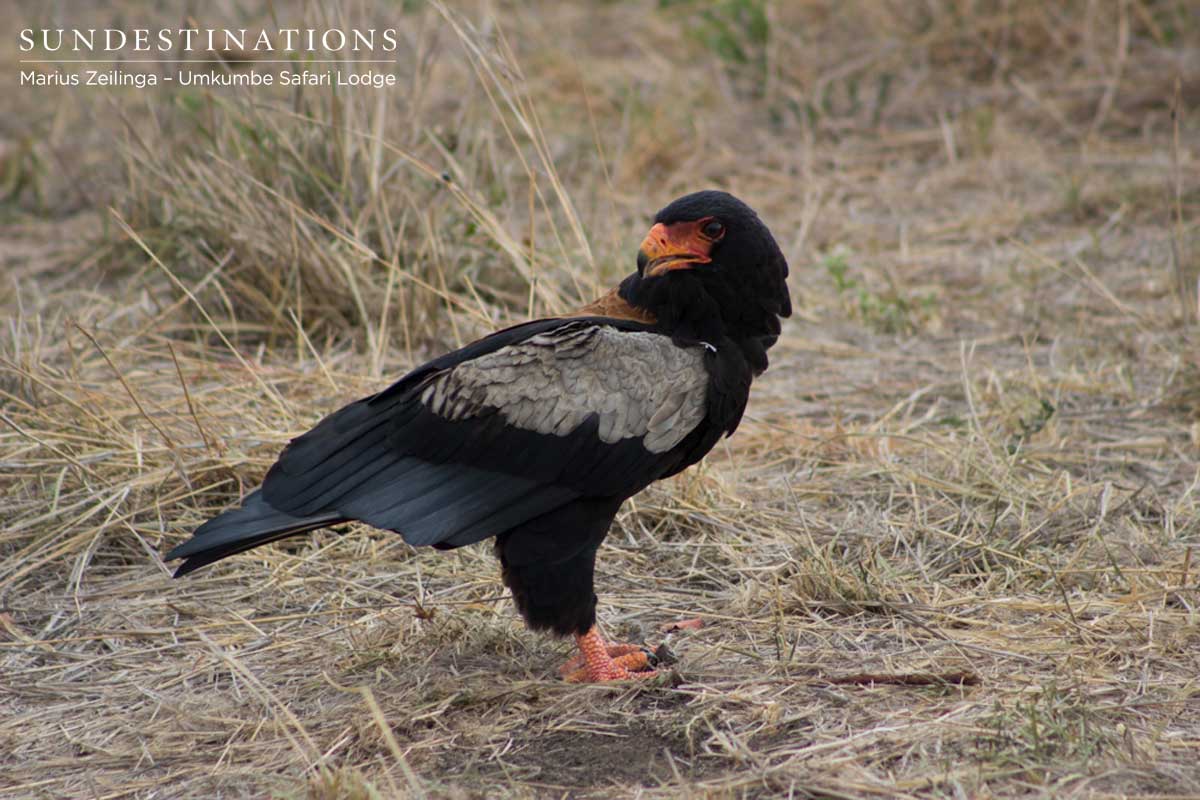
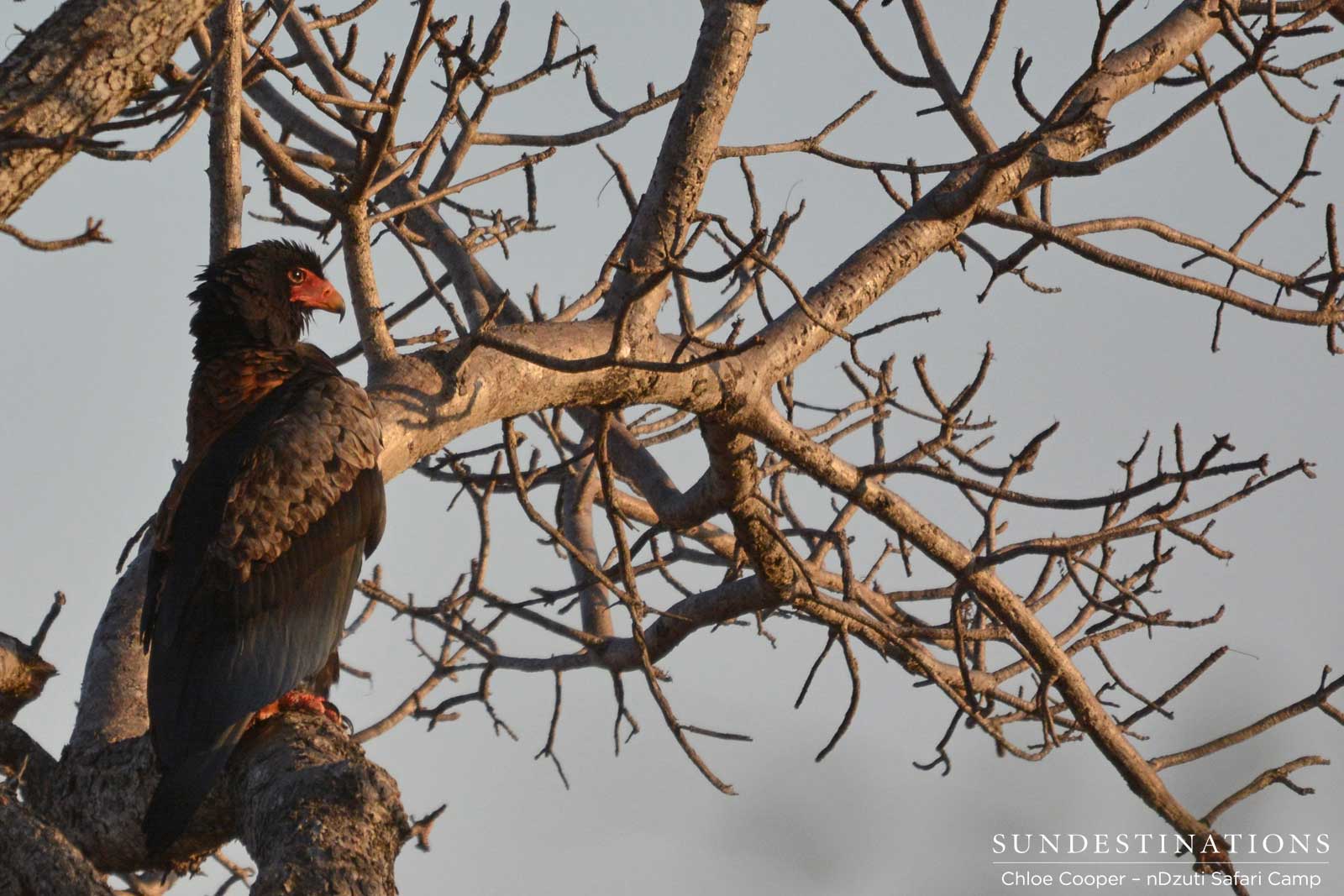
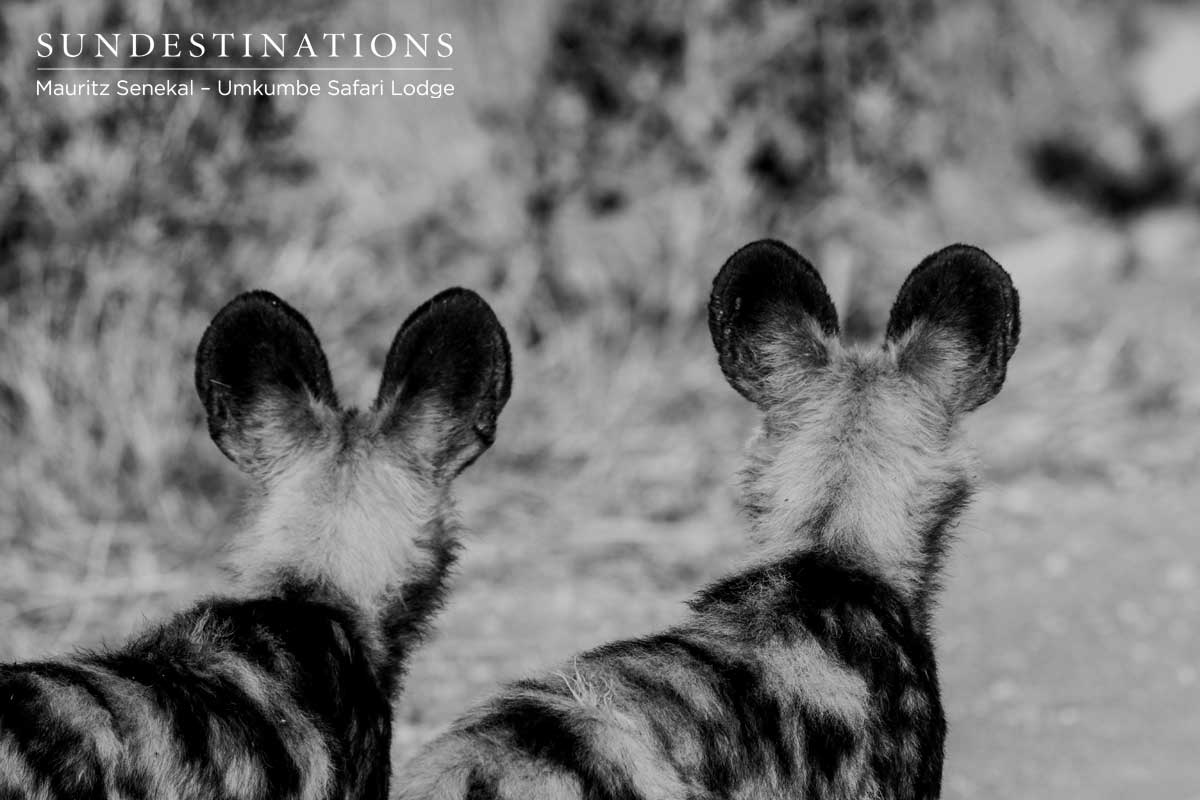

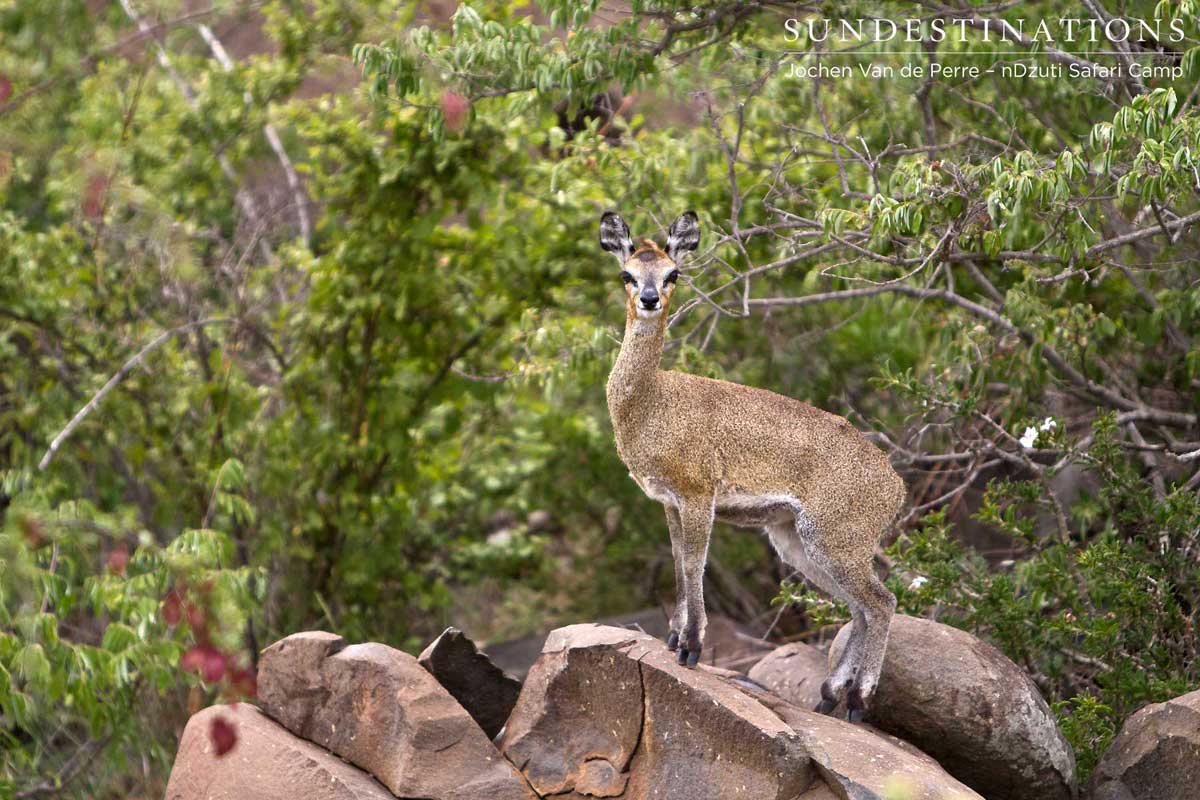
Leave a Comment